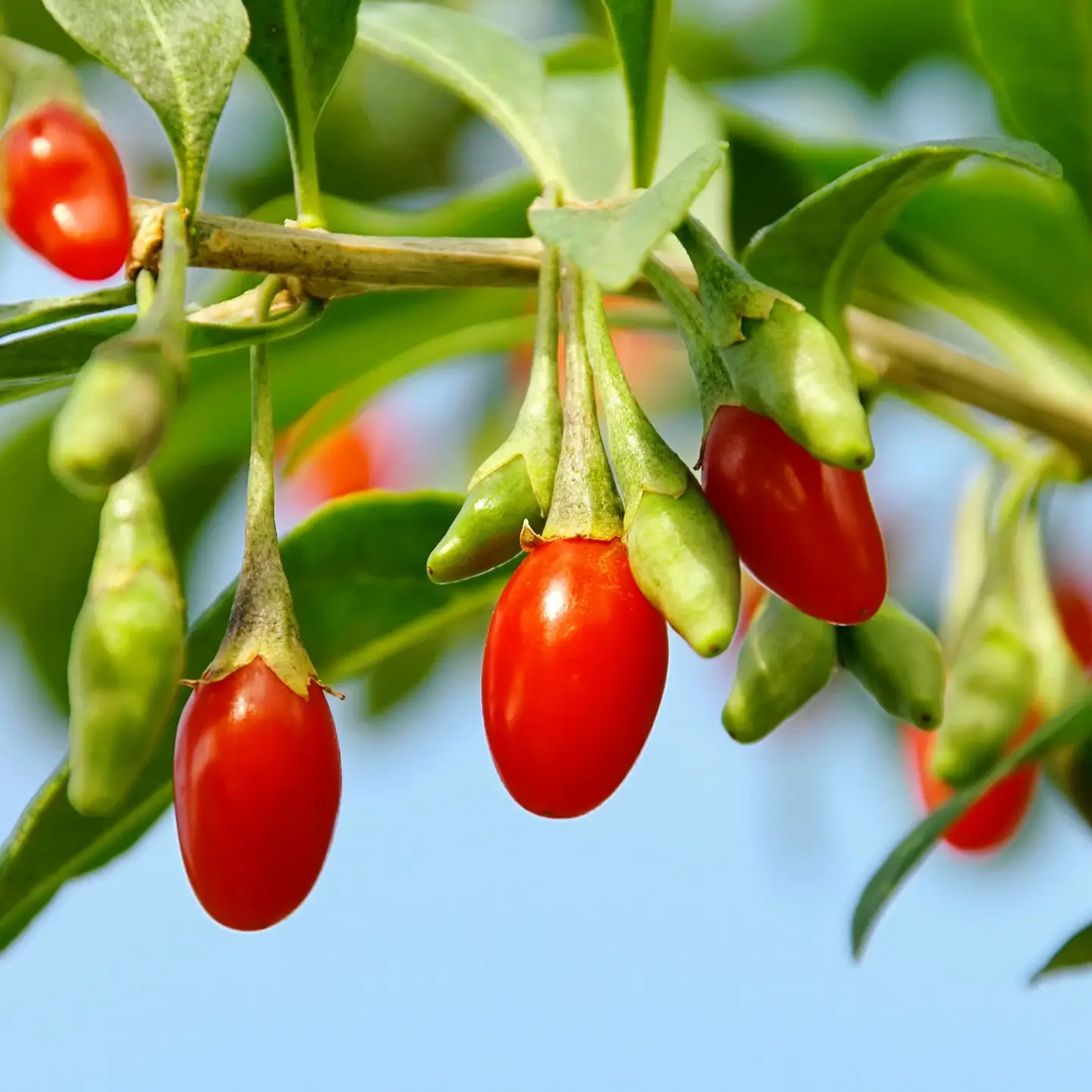New discovery could save bananas from functional extinction
A recent discovery of molecular mechanisms used by the banana-destroying microbe, Fusarium wilt of banana, brings hope to the breakfast table.

This discovery could pave the way for new strategies to slow or possibly control the otherwise unstoppable spread of Foc TR4. (CREDIT: CC BY-SA 3.0)
Bananas, a staple in your diet and a regular on supermarket shelves, are in danger of functional extinction due to Fusarium wilt of banana (FWB). This disease is caused by a fungal pathogen known as Fusarium oxysporum f.sp. cubense (Foc) tropical race 4 (TR4).
However, recent research led by the University of Massachusetts Amherst provides a glimmer of hope. The study reveals that Foc TR4 did not evolve from the strain responsible for devastating banana crops in the 1950s. Instead, its heightened virulence appears to be linked to accessory genes associated with the production of nitric oxide.
Published in Nature Microbiology, this discovery could pave the way for new strategies to slow or possibly control the otherwise unstoppable spread of Foc TR4.
The banana variety you eat today is different from what your grandparents enjoyed. The Gros Michel banana, which dominated markets until the 1950s, was virtually wiped out by the first Fusarium outbreak.
“The kind of banana we eat today is not the same as the one your grandparents ate. Those old ones, the Gros Michel bananas, are functionally extinct, victims of the first Fusarium outbreak in the 1950s,” explains Li-Jun Ma, a professor of biochemistry and molecular biology at UMass Amherst and the study’s senior author.
In response to the Gros Michel's extinction, the Cavendish banana was introduced as a disease-resistant alternative. For about four decades, this new variety thrived across the globe, flourishing in vast monocultured plantations that supply the majority of the world’s bananas.
However, by the 1990s, the situation took a turn for the worse. “There was another outbreak of banana wilt,” notes Yong Zhang, the lead author of the study, who completed his doctorate in UMass Amherst’s Organismic and Evolutionary Biology program under Ma’s guidance. This outbreak spread rapidly from Southeast Asia to Africa and Central America, marking the beginning of the Cavendish banana’s decline.
Related Stories
Ma, who is an expert in Fusarium oxysporum, has spent the last decade studying this new outbreak. Fusarium oxysporum is not a single species but rather a “species complex” with hundreds of varieties, each specializing in different plant hosts. These varieties are determined by strain-specific accessory genes acquired alongside a shared core genome.
According to Ma, “We now know that the Cavendish banana-destroying pathogen TR4 did not evolve from the race that decimated the Gros Michel bananas. TR4’s genome contains some accessory genes that are linked to the production of nitric oxide, which seems to be the key factor in TR4’s virulence.”
To reach this conclusion, the research team, including scientists from China, South Africa, and several U.S. universities, sequenced and compared 36 different Foc strains from around the world. This included strains that target Gros Michel bananas.
With the assistance of UMass Amherst’s Institute for Applied Life Sciences, they discovered that Foc TR4 uses certain accessory genes to both produce and detoxify fungal nitric oxide, enabling it to invade the Cavendish banana.
While the team is still investigating how these activities contribute to disease infestation, they have found that the virulence of Foc TR4 significantly decreases when two genes controlling nitric oxide production are removed.
Yong emphasizes the importance of this discovery, stating, “Identifying these accessory genetic sequences opens up many strategic avenues to mitigate, or even control, the spread of Foc TR4.”
Despite this promising research, Ma warns that the broader issue lies in the agricultural practice of monocropping. “When there’s no diversity in a huge commercial crop, it becomes an easy target for pathogens,” she points out.
To help safeguard the future of bananas, you might consider exploring different varieties available at local specialty food stores. Diversifying your choices could contribute to reducing the vulnerability of this beloved fruit to devastating diseases like Foc TR4.
Note: Materials provided above by The Brighter Side of News. Content may be edited for style and length.
Like these kind of feel good stories? Get The Brighter Side of News' newsletter.



